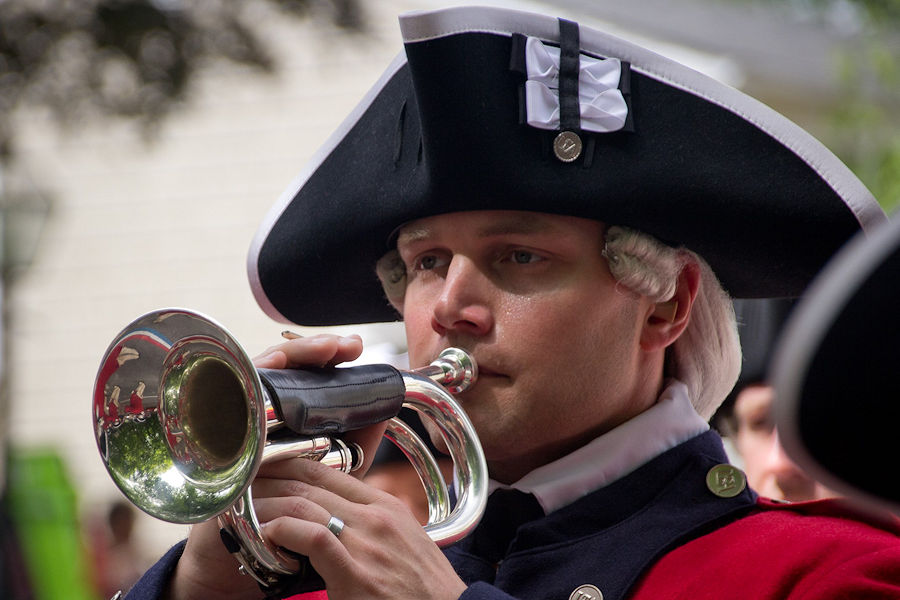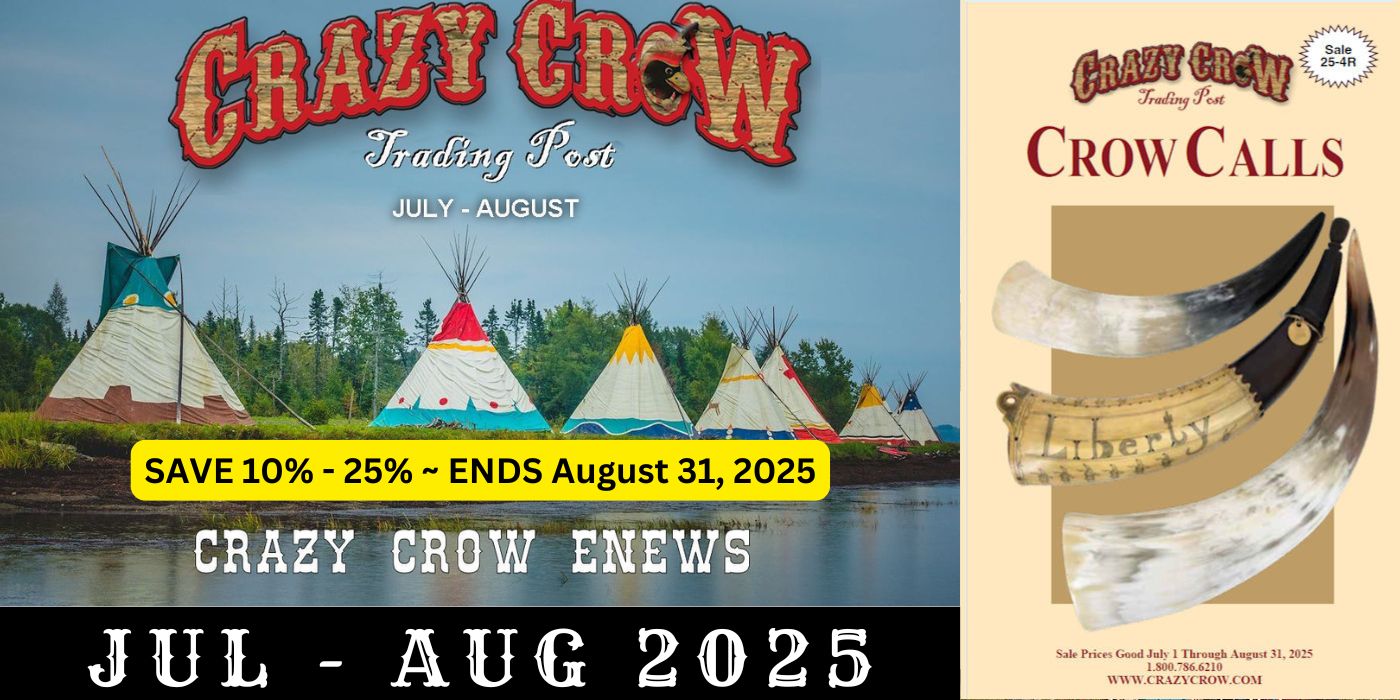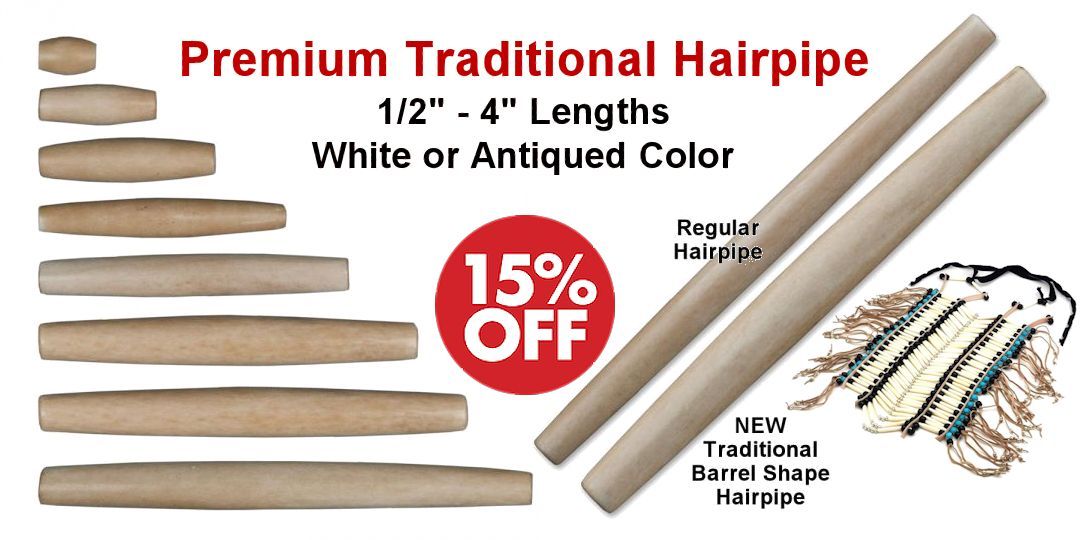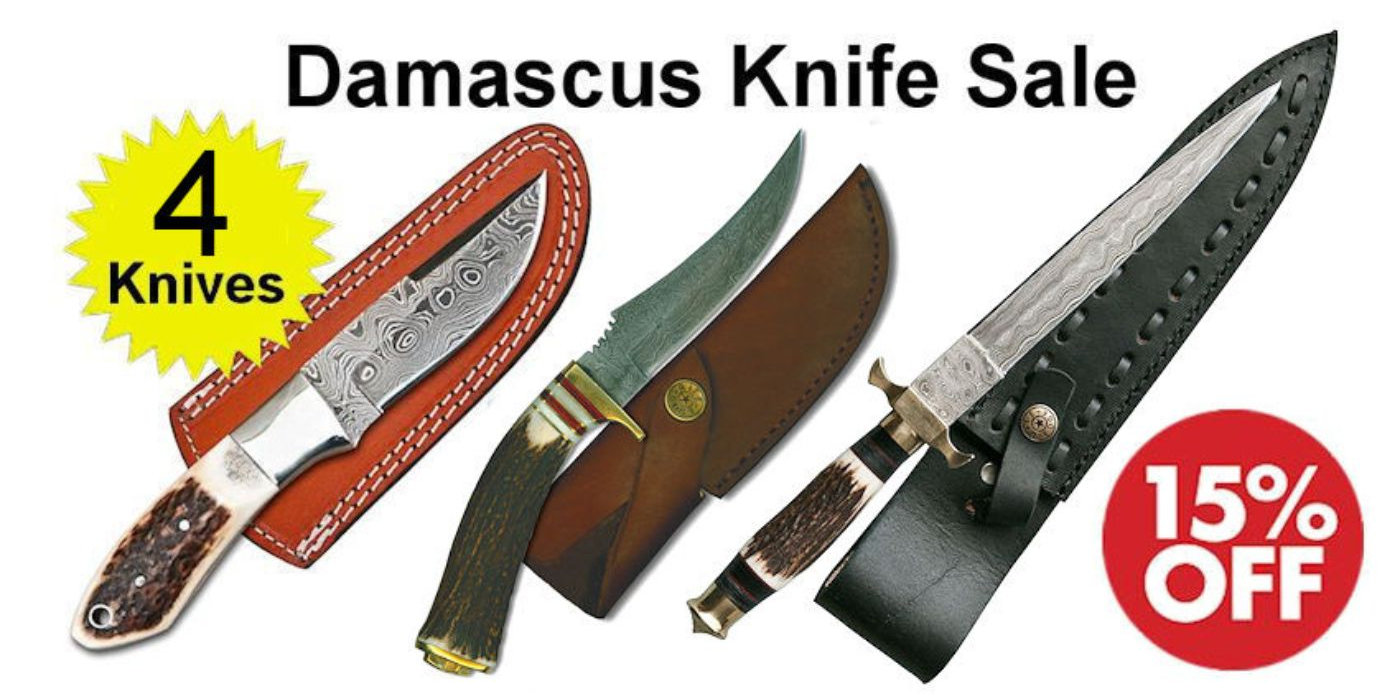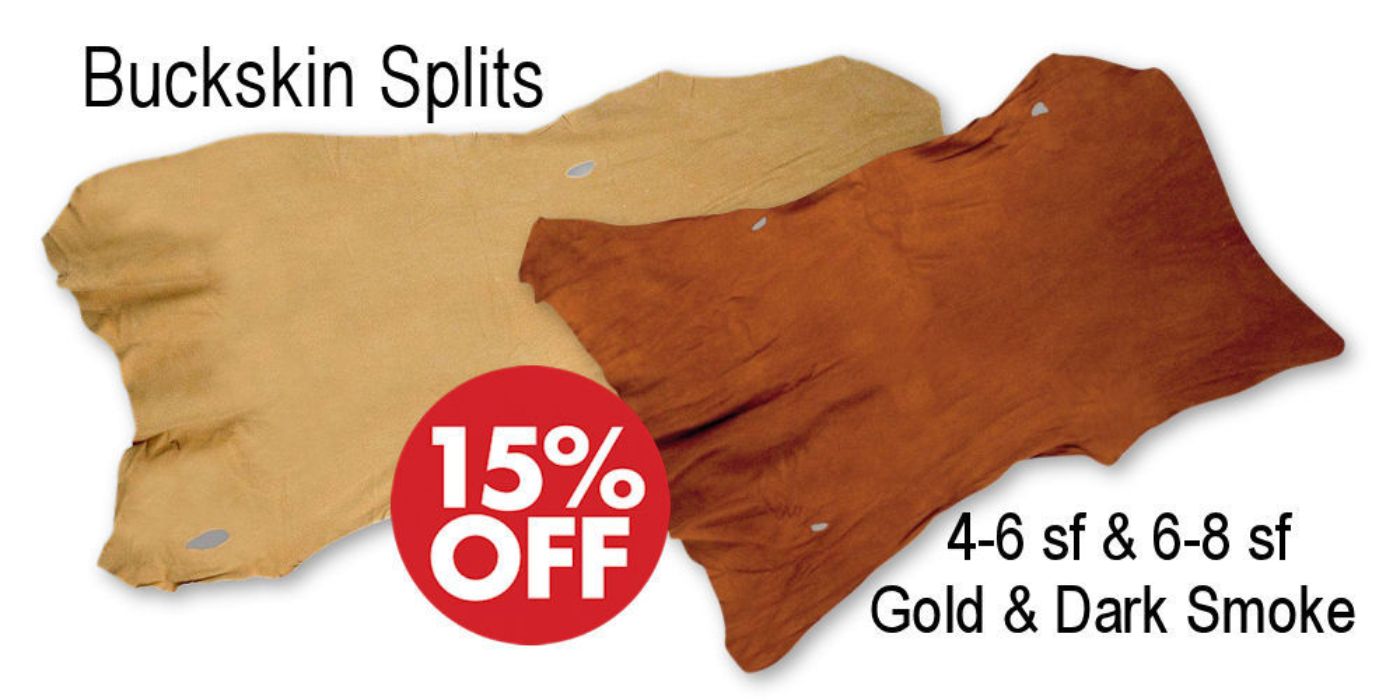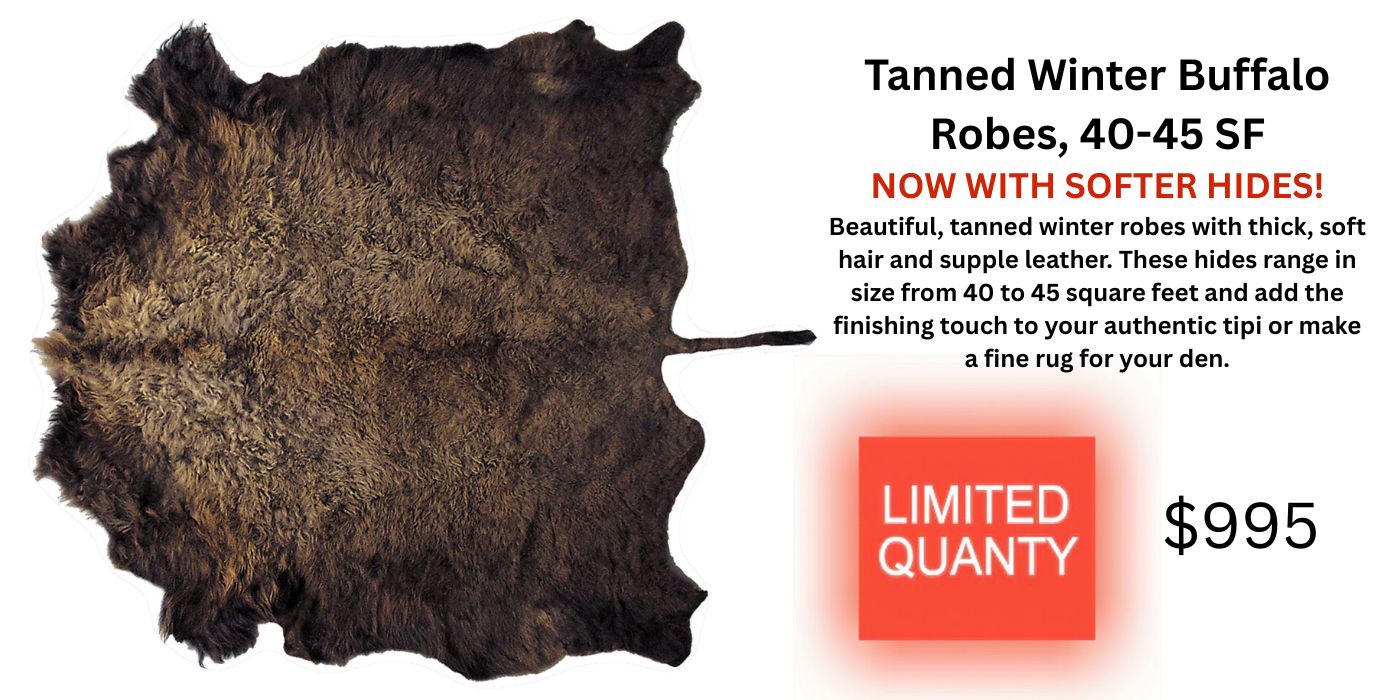

Tricorn Hat History
Tricorn, Cocked or Three-Cornered Hats
Credit Above Photo: David from Washington, DC, CC BY 2.0, via Wikimedia Commons
Tricorn Hat History
Tricorn, Cocked or Three-Cornered Hats
Credit Above Photo: David from Washington, DC, CC BY 2.0, via Wikimedia Commons
Perhaps one of the most iconic and easily recognizable fashions from the American Colonial era and extending throughout the Revolutionary War was the Tricorn Hat. Popular in Europe and America throughout most of the 18th century, it was known at the time as a Cocked Hat or Three-Cornered Hat. Later, in the 19th century it would be more often referred to as a “tricorn”, the name most often used today. The hat’s most distinguishing characteristic was that three sides of the brim were turned up (cocked – hence its earliest name) and either pinned, laced, or buttoned in place to form a triangle around the crown.[1] Worn by men whenever they were outside, they were sometimes worn indoors as well. Although the style originated in Europe, it is now associated with the American Revolutionary War and our nation’s fight for freedom.[2]
Origins of the Tricorn style Hat
The tricorne appeared as a result of the evolution of the broad-brim round hat used by Spanish soldiers in Flanders during the 17th century. By pledging (binding) the brims, a triangular shape was obtained. This shape was favored by Spanish soldiers, as when standing at arms their muskets could be held at their shoulders right or left without hitting the hat brim. War broke out between France and Spain in 1667 over the Spanish Netherlands, and during the subsequent struggle its use spread to the French armies. The style was brought back to France, where its usage spread to the French population and the royal court of King Louis XIV, who made it fashionable throughout Europe, both as a civilian and military wear. By the end of the 17th century, the tricorne was popular in both civilian fashion and in military uniforms. They remained one of the predominant European styles of hat throughout the 18th century.[3]
17th Century Introduction of the Tricorn Hat
In 17th-century America, hats with tall crowns and wide brims, like the steeple hats worn by the Puritans, started to go out of style. They were thought to spoil the appearance of and look precarious atop a wig, which was the newest fashion trend for men at the time.
The tricorn, however, had three sides of the brim turned up, either laced, pinned or buttoned in place to form a triangle around the wearer’s head—”like a mince pie,” to quote the vernacular of the time. This style then allowed the wearer to show off his latest wig fashion underneath, and thus his social status.[4] While this also led to various sorts of folded hats, with some being cocked on one side and known as Round Hats, and with others cocked on two sides and referred to as Bicorns, the 3-sided hat became the dominate fashion and was seen in many variations of proportion and adornment.

Soldier Turning Center Point to Left
Photo Credit: The Effectiveness of 18th Century Musketry, video by Old Fort Niagara Association, January 2016
Adjustments for Military “Practicality”
At the height of its popularity, the tricorn was worn by the aristocracy, common civilians and members of the military as well. For the military, officers and others who did not carry a musket would have worn their hat center point forward like a civilian, however, those soldiers carrying muskets wore the hat differently. For soldiers who often rested a musket or rifle on their left shoulder or even if not on the shoulder but on the ground but with a bayonet attached, however, their tricorn was usually worn with the front corner directly above their left eyebrow.
This basically placed the left side of the hat facing forward, creating clearance on that side of the head where the rifle on the shoulder would otherwise prevent the soldier from moving his head without the hat striking the musket. Refer to the video below for a display of the significance of wearing the hat pointing to the right.
The most common military version of the tricorn was normally higher in back than in front, being approximately 5″ tall (back) and 4″ tall (front). Another advantage of tricornes with laced sides was that the laces could be loosened and one or more sides dropped down to provide better protection from the weather, sun, and rain.[5]
A Wide Variety of Styles
Styles ranged from plain and simple to extremely extravagant, being embellished with various trims and sometimes even sporting feathers. The brims could be decorated with a wide variety of trims, such as brocades, metallic tapes or various colors of silk ribbon edging; however, the most common form was a worsted wool braid in black or white. The typical hat body color was black, with grey and tan being popular as well. Better quality hats were made of fur felt, while the less expensive types were of wool felt. While beaver felt was the preferred material, others, including wool and camel’s down, were available.
Click image to enlarge.
Photo Credit: “Cockades in the American Revolution”, Creative Cockades article, ONLINE RESOURCE.
Cockades & Other Decoration
The English dictionary defines cockade as a rosette, feather, or knot of ribbon usually worn on the hat as part of a uniform, as a badge of office, or the like. The word’s origin is dated around 1709 and is derived from the French word ‘cocarde’ which is feminine of cocard meaning foolishly proud or cocky. However, in 18th century military society, hats were deemed of vast importance in a soldiers’ dress and the cockade was an extension of that. As the war progressed and the Continental Army took on a more professional look, at least with officers’ dress, Washington demanded that officers attend to their uniform in meticulous detail. He particularly emphasized this standard whenever a commander was in the presence of his men. He believed that, if an officer were to garnish respect and devotion from his men, then he must present himself as one worthy of receiving such approbation. [7]
General Washington Orders Cockades Be Worn
Prior to the Battle of Long Island, the general orders issued by supreme commander General George Washington on August 20th, 1776 included instructions detailing the use of cockades. This was early in the war when the rebellious colonists’ main army was basically made up of militias, still in civilian attire. The section read: ‘As the Continental Army has unfortunately no uniforms,
George Washington reviewing French troops after Yorktown. Note the American “Alliance Cockade” on his tricorn.
Click image to enlarge.
Photo Credit: John Trumbull, Public domain, via Wikimedia Commons.
and consequently many inconveniences must arise from not being able to distinguish the commissioned officers from the privates, it is desired that some badge of distinction be immediately provided.’ Field officers were to wear a pink cockade. Captains were to don white or buff, while subalterns attached green cockades to headgear.
On July 19th, 1780, adjuncts were issued orders for officers recommending that they acquire white and black cockades; a black back ground with white relief, emblematic of the expected union of the French and American army. Not until 1783 was it called a “Union Cockade” and was to be worn on the left breast.[8]
Washington’s issuance of colored cockades to distinguish rank was unusual. Historically, cockades served as a symbol of unity, or proclaiming alliance to a faction or cause. The colors of the cockade were the colors of the house, dynasty, or national flag under which the soldier served. At times military buttons, ribbon braids, or national symbols were added to the rosette. England and the Hanovarian dynasty (King George III) favored black cockades, while those congruent with the Jacobites (Stuart dynasty), used white cockades. France had white cockades, Spain red, and Germany used an assortment of colors; black, red, white, or gold depending on the era. Throughout the American Revolutionary War, the rebel colonists tended to use black cockades that they inherited from the English.[9]
Black and White Cockades
America needed allies in the war with Great Britain, then the reigning power of the seas. The United States signed the Treaty of Alliance with France on February 6, 1778 and French troops entered the American War for Independence. At first their participation was mostly on the seas, but by 1779 they were landing troops on American soil. The national cockade of France was white. In 1780, as a symbol of the two nations’ alliance, General George Washington established that the American military cockade would be an Alliance Cockade – black with a white center. French troops likewise wore an Alliance Cockade of white with a black center.[10]
Symbol of Attachment
The black and white cockade became an emblem of the American War for Independence for many years after the war ended. Even during the Civil War eighty years later, the occasional black and white cockade was worn as a reminder of America’s first War for Independence.[11]
Click image to enlarge.
Photo Credit: U. S. Army Old Guard Fife and Drum Corps, Public domain, via Wikimedia Commons.
Click image to enlarge.
Photo Credit: U. S. Army Old Guard Fife and Drum Corps, Public domain, via Wikimedia Commons.
What is a Tricorne/Cocked Hat?
The cocked hat (popularly called the tricorne) is, quite possibly, the most iconic and immediately recognizable symbols of the 18th century and colonial American history. But while we’re all familiar with the symbol…what actually is a cocked hat? How are they held in shape, and why were they always worn sideways by soldiers but normally by civilians? All this and more, in an unnecessarily long discussion about cocked hats!
NOTE: The entire video is interesting and informative. However, if you specifically want to view the part discussing how and why soldiers wore the center point to the right, go to the 11 minute 30 second point in the video. [C1]
Resources
Crazy Crow Articles
Current Crow Calls Sale
July – August
SAVE 10%-25% on popular powwow, rendezvous, historic reenactor, bead & leather crafter supplies. It’s official, Summer is here, and so is the heart of Powwow, Rendezvous & Historic Reenactment seasons. 4th of July Celebrations is here, and just blink and Labor Day will be here. This sale offers many popular items for Native American, Rendezvous & Historic Reenactment outfits. Sale items include our Missouri River Brand Serape Blankets, a big DVD sale, Missouri River Patterns, 18th Century Linen Hunting Shirts, select Damascus Knives, Buckskin Splits, Bone & Horn Hairpipe, Plastic Crow Beads, Leather Pouches & Bags, and much more!





